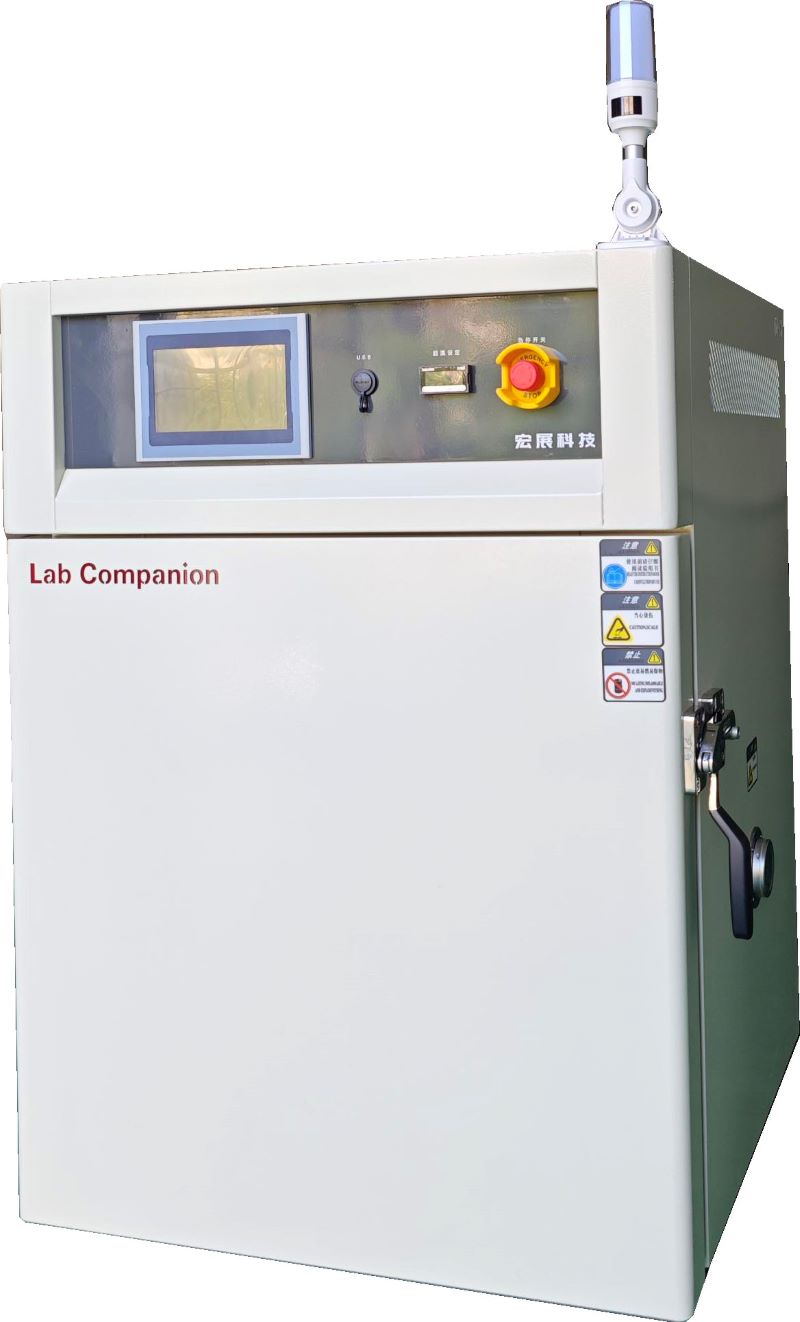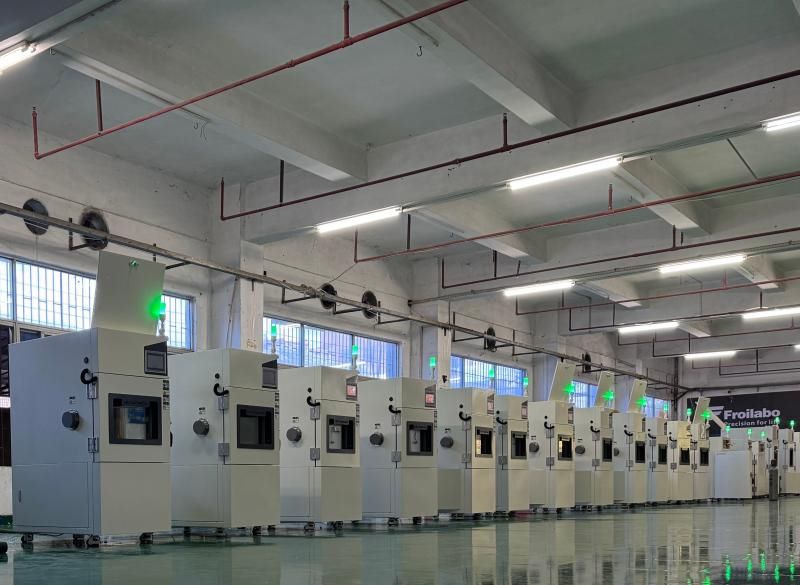In the modern packaging industry, block bottom valve bag machines play a crucial role in the production process, serving as the core equipment for producing packaging bags. With the advancement of technology, block bottom valve bag machine technology has continually evolved, transitioning from traditional manual inspection to today’s intelligent vision inspection, making the entire bag making process more efficient and precise. Compared to traditional methods that rely on manual labor, AI vision inspection systems offer significant advantages in terms of automation, accuracy, and real-time performance, making them an important innovation in the bag making machine sector. This article will provide a detailed comparative analysis of the significant advantages of our AI vision inspection technology in defect detection.
I. Traditional Defect Detection Methods in Block Bottom Valve Bag Making Machines
In traditional block bottom valve bag machines, many devices use a scrap removal mechanism based on sensors and labels. For example, European brands such as Strarlinger and W&H typically require manual labeling of bags during the production process. The bags are marked with specific labels, and the sensors then detect the presence of these labels to identify defective bags. The working principle of this method is as follows:
Manual Labeling: Before production, operators need to manually mark each batch of bags, usually by applying specific colored, shaped, or patterned labels.
Sensor Recognition: The bagging machine is equipped with sensors that scan the label positions to check for defects. When the sensor detects a missing or mispositioned label, the machine automatically discards the defective bags.
Frequent Human Intervention: The entire process relies heavily on the accuracy and consistency of the manually applied labels. Any errors in labeling may result in inaccurate defect identification, affecting both production efficiency and product quality.
While this traditional detection method is simple, it has notable drawbacks, particularly in terms of detection precision, human involvement, and production efficiency.
II. Advantages of AI Vision Inspection Technology
In contrast to traditional scrap removal mechanisms, Gachn Group's block bottom valve bag making machines employ AI vision inspection systems, which use high-speed cameras and deep learning algorithms to precisely detect various defects in bags without the need for pre-applied manual labels. The specific advantages of this technology include:
1. No Need for Manual Labels, Precise Automatic Detection AI vision inspection technology eliminates the need for manually applied labels on bags. Instead, it uses high-definition cameras and AI algorithms to scan the surface of the bags in real-time and analyze the image data. This method enables the system to directly identify fabric roll defects, bag making process defects, and printing defects, such as misprinted positions, and fabric flaws.
· No Labeling Required: There is no need for manual labeling on each packaging bag, reducing human error and inconsistencies in the labeling process.
· High Efficiency and Precision: AI algorithms can identify subtle defects with extremely high scanning precision, detecting even the smallest flaws that traditional methods may miss.
2. Fully Automated Inspection, Significantly Reducing Human Intervention Traditional block bottom valve bag making machines rely on manual labeling and sensor detection, which inevitably requires significant human intervention. In contrast, the AI vision inspection system fully automates the inspection process through intelligent image recognition and analysis. This eliminates the need for manual involvement and significantly reduces human errors and operational complexity.
• Lower Labor Costs: Since the AI vision system automatically performs inspection tasks, it reduces the labor intensity and costs associated with manual operations.
• Improved Production Efficiency: Automation in defect detection means the time spent on inspection within each production cycle is significantly reduced, enhancing overall production efficiency and minimizing downtime.
3. Multi-dimensional Detection Capabilities, Covering More Defects AI vision inspection technology offers comprehensive, multi-dimensional defect detection for various stages of the bag making process, including fabric roll defects, printing defects, and bag shape defects. This extensive coverage is unmatched by traditional label-based detection systems.
• Fabric Roll Defect Detection: High-speed cameras quickly capture fabric roll defects such as tears, holes, seams, and stains, with no need for manual intervention.
• Bag Making Process Defect Detection: During the bag forming process, the AI vision system can promptly detect issues such as shape deviations, bottom patch misalignment during heat sealing, folds, and uneven openings.
• Printing Defect Detection: For printing quality, the AI vision system can accurately detect printing misalignment, defects, and other issues, ensuring that every bag meets high-quality standards.
4. Real-time Feedback and Adjustment, Optimizing the Production Process AI vision inspection systems not only detect defects efficiently but also provide real-time feedback, offering dynamic suggestions for adjustments to the block bottom valve bag making machine's production process. For example, when a particular defect occurs frequently, the system can issue an alert to inform operators to inspect the equipment or adjust production parameters, thereby preventing large-scale defective products from being produced.
• Real-time Data Feedback: Defect data from each production stage is fed back to the system, providing detailed reports on the production status.
• Optimized Production Decisions: Based on real-time feedback, operators can make timely adjustments during the production process, further optimizing production efficiency and product quality.
5. Intelligent Learning and Self-Optimization In addition to performing inspection tasks, AI vision inspection systems have the ability to learn and optimize themselves. As the system is used over time, the AI algorithms continuously adjust and improve based on real production data, enhancing detection accuracy and efficiency.
• Deep Learning Algorithms: The AI system constantly improves its defect recognition capabilities through deep learning, becoming more accurate as production data accumulates.
• High Adaptability: Whether it's changes in fabric types or adjustments in production processes, the AI vision system can quickly adapt and maintain high operational efficiency.
III. Conclusion
In conclusion, Gachn Group's AI vision inspection technology offers significant advantages over traditional scrap removal mechanisms, with features such as no need for manual labels, fully automated inspection, high precision, real-time feedback, and self-optimization. As intelligent technology continues to develop, AI vision inspection systems will become an essential core technology in the bagging machine industry, helping businesses improve production efficiency, reduce costs, and enhance product quality, ultimately achieving an intelligent upgrade of the packaging production process.
The introduction of AI vision inspection technology not only provides a new solution for the intelligent transformation of the packaging industry but also drives the entire industry toward higher standards, creating superior packaging products.







